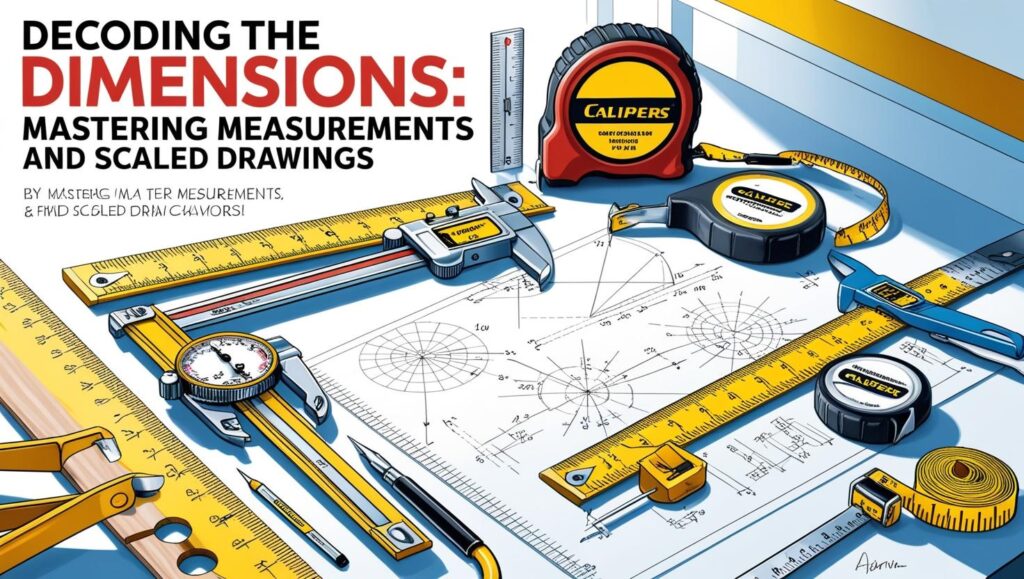Blog
Space Planning Essentials: A Core Skill in Interior Design
- May 11, 2025
- Posted by: admin
- Category: Interior Design

Unveiling the Universe Within: Mastering Space Planning Essentials
Have you ever walked into a room and instantly felt at ease a sense of flow and purpose washing over you ?Or, conversely felt and claustrophobic disoriented, struggling to understand the space’s function ?That,my friend is the magic – or the misery – of space planning.As an interior design enthusiast (and someone who’s learned the hard way! ) I’m passionate about sharing the secrets of this crucial skill.This isn’t just about arranging furniture; it’s about experiences crafting weaving narratives within the confines of walls and ceilings . It’s about turning a house into a home an office into a productivity powerhouse, and a retail space into a shopper’s paradise.This post is your comprehensive guide to mastering the art of space planning perfect for interior design beginners seasoned and professionals alike .
What’s the Secret Sauce of a Truly Functional Space ?
The secret isn’t some magical formula but rather a thoughtful process built on understanding analyzing and responding to the needs of the people and purpose of the space. It’s about creating a harmonious balance between aesthetics and functionality. Imagine designing a kitchen: beautiful cabinetry is great, but if the workflow is inefficient – the sink too far from the dishwasher, insufficient counter space – the design falls flat.Effective space planning bridges that gap .It anticipates how people will move through interact with and a experience space creating an environment that is not only visually appealing but also incredibly user-friendly.
For interior design beginners this may seem daunting, but break it down it and becomes manageable .We’ll tackle the key in elements detail providing practical tips and tricks to help you design spaces that are both beautiful and functional . Remember , every successful space begins with a solid understanding of its purpose and occupants .
Understanding the “Why” Before the “How”
Before sketching a single line you must understand the space’s intended function. activities What will take place here? Who will be using the space? What are their needs and preferences? crucial This step often gets overlooked by interior design beginners leading to aesthetically pleasing but ultimately dysfunctional spaces. For example a home office designed for a single person will drastically differ from one designed for a family of four. One needs quiet solitude; the other needs shared and resources collaborative areas.
The Power of Client Interviews (or Self-Reflection)
clients For, conducting thorough interviews – learning about their lifestyle habits and aspirations – is key to designing a truly personalized space. For your own projects engage in honest self-reflection. What are your working habits? What makes you feel productive or relaxed ? These questions will guide your design decisions ensuring your space reflects your individual needs .

Decoding the Dimensions: Mastering Measurements and Scaled Drawings
Accurate measurements are the bedrock of effective space planning. There’s no room for guesswork here.I once made the rookie mistake of relying on memory instead of taking precise measurements for a shelving unit. The result? A beautifully crafted shelf that was two inches too wide and completely ruined the visual balance of the room . Lesson learned: always measure twice cut once! (Or in our case, design twice build once!) .
The Importance of Scaled Drawings
Scaled drawings are your friend best.They allow you to visualize the space and furniture arrangements accurately . This is where software like SketchUp Planner 5D or even good old-fashioned graph paper becomes invaluable . design Interior beginners might intimidated feel but start with simple drawings gradually increasing the complexity as your confidence grows.
Working with Different Scales
Understanding scale is crucial.A common scale used is 1/4″ = 1′ meaning every 1/4 inch on your drawing represents one foot in real life . This consistency essential is for accurate representation. Experiment with different scales to find what works best for but you always ensure consistency within a single project .
Flow and Function: Arranging Furniture for Maximum Impact
Once you have your measurements and scaled drawings , it’s time to start arranging your furniture . This isn’t just about randomly placing items; it’s about creating a sense of flow and function. The goal is to ensure the space is easy to navigate and conducive to its intended use.
The Art Zoning of
Divide your space into distinct zones based on their function.a In living room you might have a conversation area a reading nook,and an entertainment zone.Clearly defined improve zones both the flow and the functionality of the space.
Creating Visual Pathways
Think about how people will naturally move through the space .Avoid placing furniture in a way that obstructs natural pathways creates or bottlenecks . The space should feel open and inviting . Experiment with different furniture arrangements until you find one that flow optimizes and functionality.
Considering Traffic Patterns
Consider the flow of traffic in your space. Do people need to pass through a certain area frequently? If so ,ensure this pathway is kept clear and unobstructed .Think about the pathways you would naturally take and ensure they are open.
Lighting Color, and Texture: Enhancing the Ambiance
planning Space isn’t just furniture about placement; it’s about creating an atmosphere. Lighting color, and texture play all crucial roles in shaping the overall feel of a space.
The Power of Natural Light
Maximize natural light whenever possible. It brightens space the improves mood , and reduces the need for artificial lighting. Position furniture to take advantage of natural light sources and strategically use window treatments to control light levels .
Layering Your Lighting
Don’t rely on solely overhead lighting. Instead layer lighting your using a combination of ambient task and accent lighting . This creates depth, visual interest and flexibility. It’s the magic touch that separates a good design from great a one.
Color Psychology and its Impact
Color significantly impacts mood and atmosphere.colors Warm reds like and oranges create a cozy,inviting feel, while cool colors like blues and greens promote calmness and tranquility. Interior design beginners should experiment with color palettes to find the right balance.
From Concept to Completion: Executing Your Space Plan
You’ve planned you’ve drawn , you’ve visualized – now it’s time to bring your vision to life.This stage requires careful attention to detail and excellent communication with contractors or builders .
Detailing Specifications and Drawings
Thorough specifications and drawings are crucial for accurate execution. Clearly define materials,finishes,and dimensions to avoid misunderstandings and costly mistakes.
Effective Communication with Stakeholders
Open communication with all parties involved (clients contractors suppliers) essential is . Regular check-ins clear instructions and prompt responses to questions will prevent delays and ensure the project stays on track .
The Ongoing Evolution: Adapting and Refining Your Space Plan
Space planning isn’t a one-event time. As our lives change, so too our should spaces .Be prepared to adapt and refine your space plan as your needs evolve.
Flexibility and Future-Proofing
Design spaces with flexibility in mind.Modular furniture adaptable layouts and easily reconfigurable elements allow you to adjust your space to meet changing needs without major renovations .
Embracing the Journey: Space Planning is a Skill You Can Master
This journey into space planning isn’t about finding the perfect formula but about understanding principles and applying them creatively . Interior design beginners should that remember practice is key and even experienced designers constantly refine their approaches . Remember my failed shelving unit?Even professionals make mistakes!But we learn from them adapt and strive to create better spaces. And you will too. So grab your measuring tape,unleash your creativity ,and start designing the spaces of your dreams !
